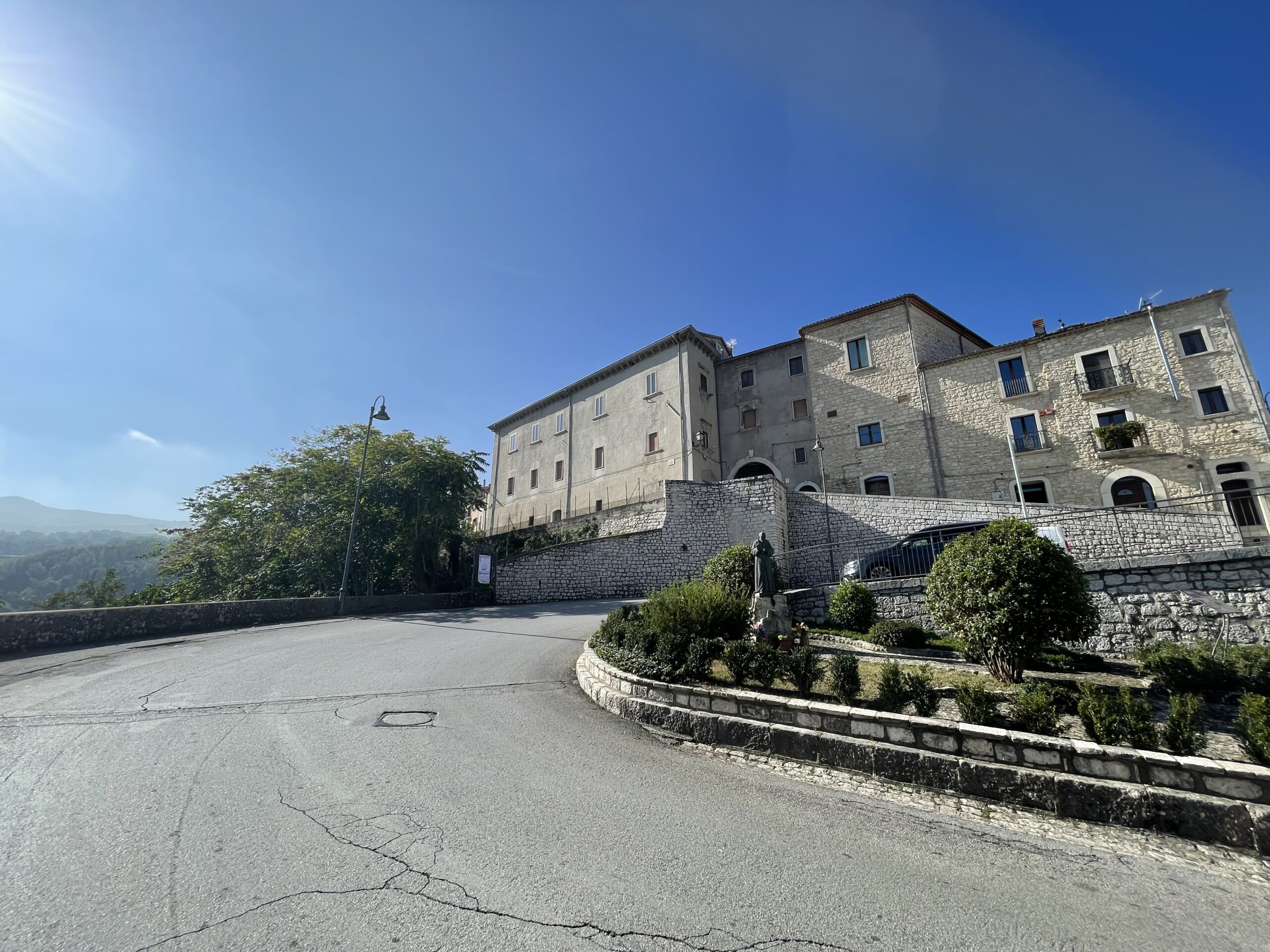With the succession of unstable periods caused by wars and continuous enemy raids, the area in the plains became insecure and the population took refuge in the more easily defensible mountain areas. Saepinum with its small settlement garrison takes the name of Altilia while the community disperses taking refuge in the ancient sites abandoned in the imperial period. In Terravecchia, a square tower was found within the Samnite walls and glazed ceramic materials attest to the frequentation of the fortified settlement until the fourteenth century. The reoccupation of the Italic sanctuary in San Pietro dei Cantoni probably maintained the sacred function of the places, hosting the construction of a Christian ecclesial building constructed on the residual structures of the temple, then abandoned between the seventh and eighth centuries. In this phase, another highland location was chosen for the foundation of the Castellum Sepini (today’s town of Sepino), which inherited the toponym of the Roman city. Fundamental to the construction of this new reality is the rich presence of springs and waterways which, within the walls and in its vicinity, still give clean water to the town’s population through numerous public fountains. Water marks time with its continuous flow and renews the relationship between the inhabitants and the lands.

